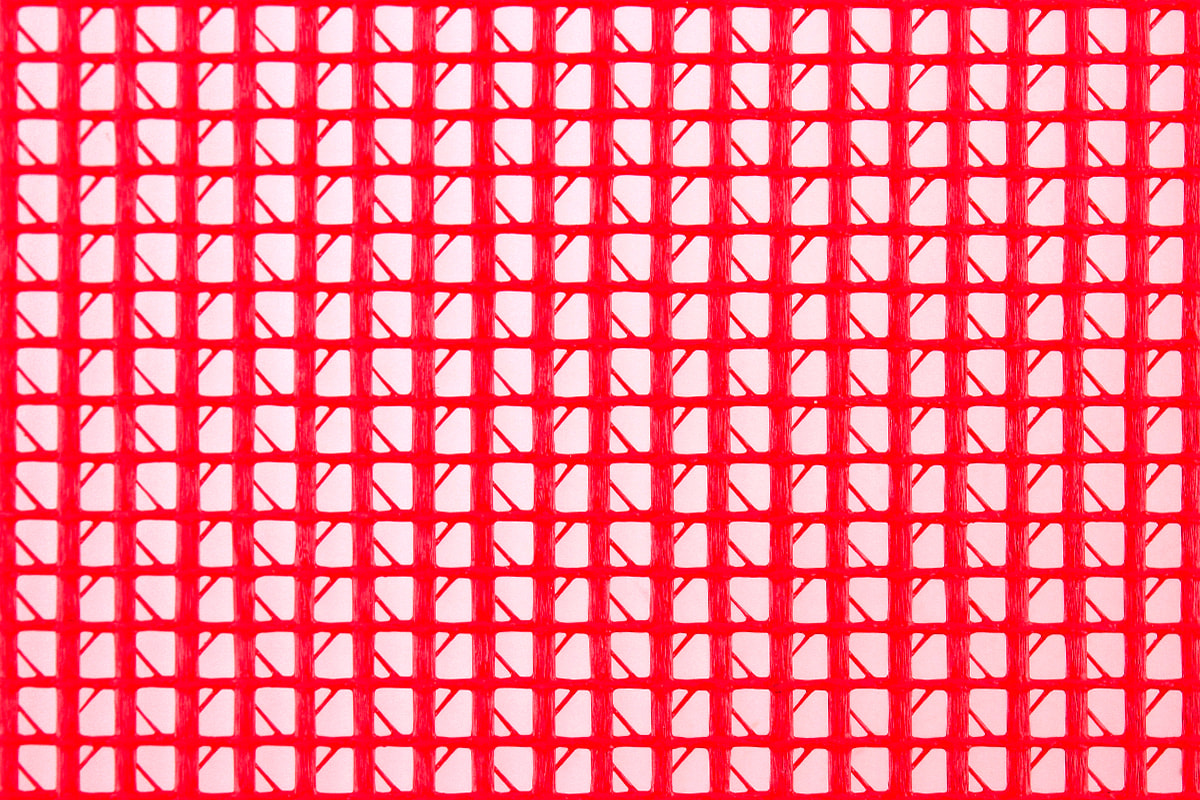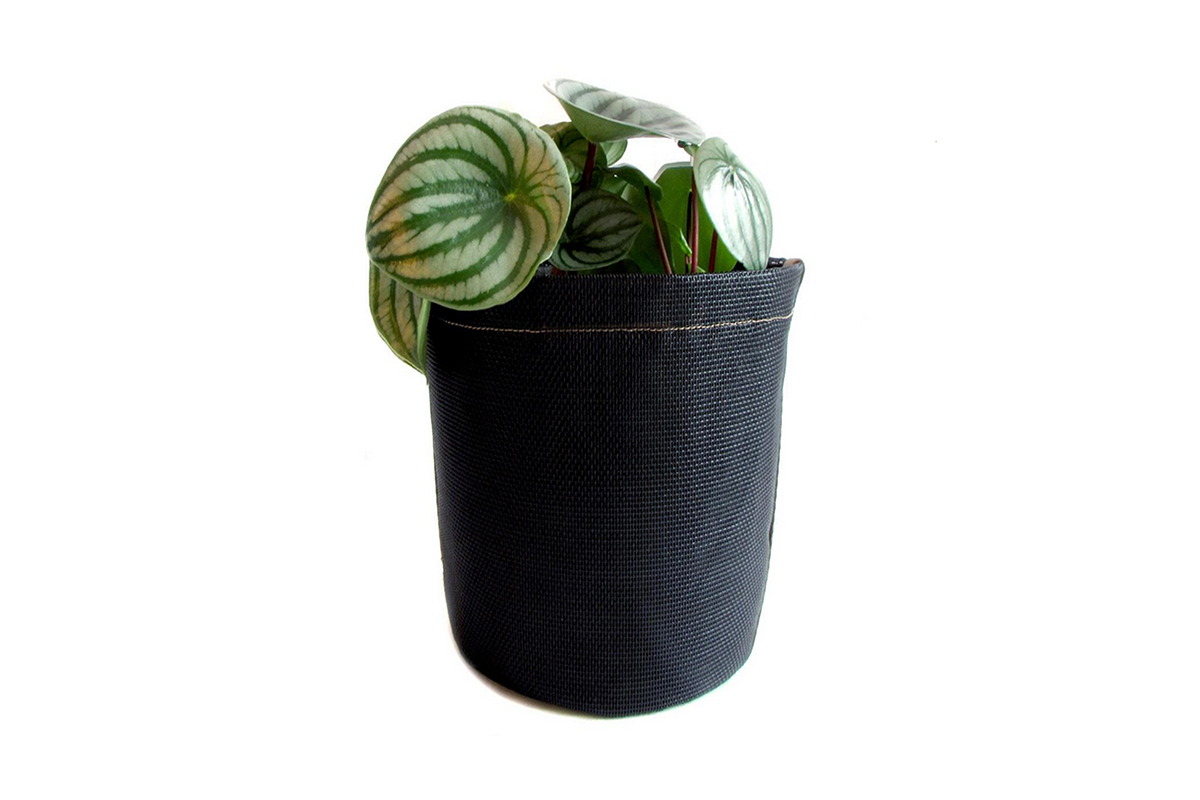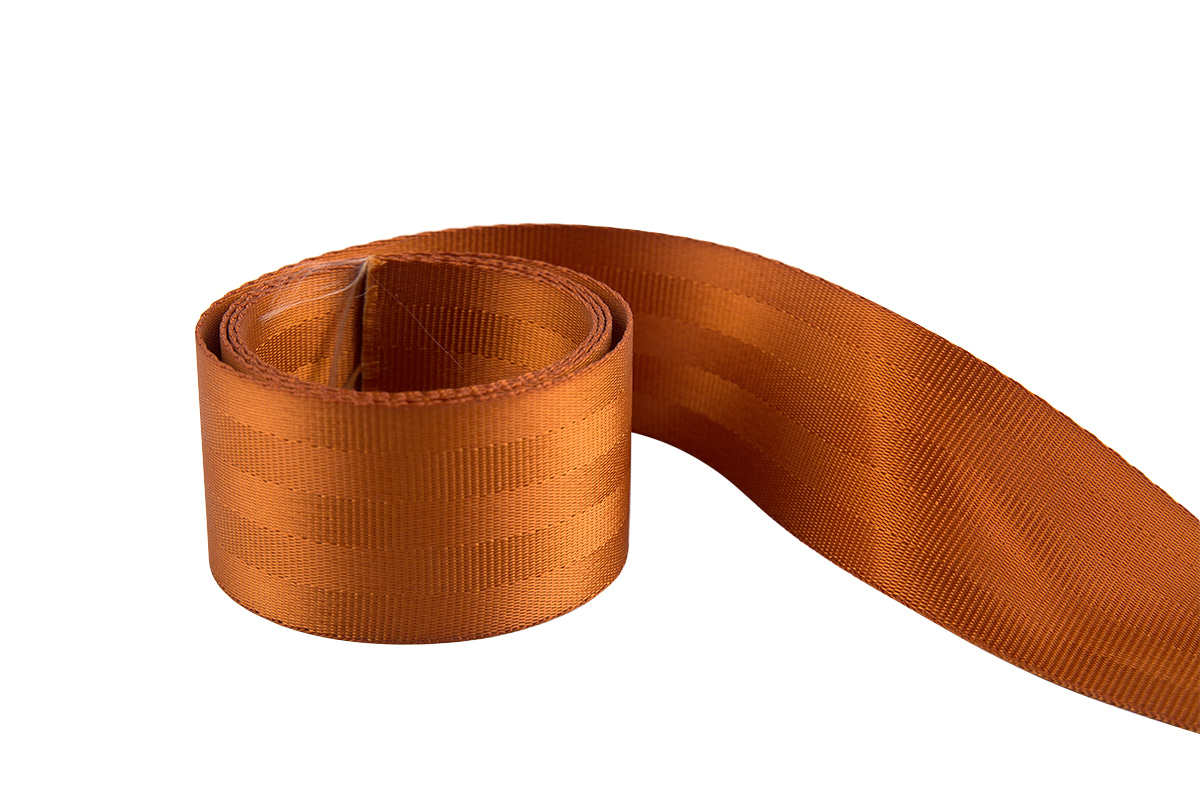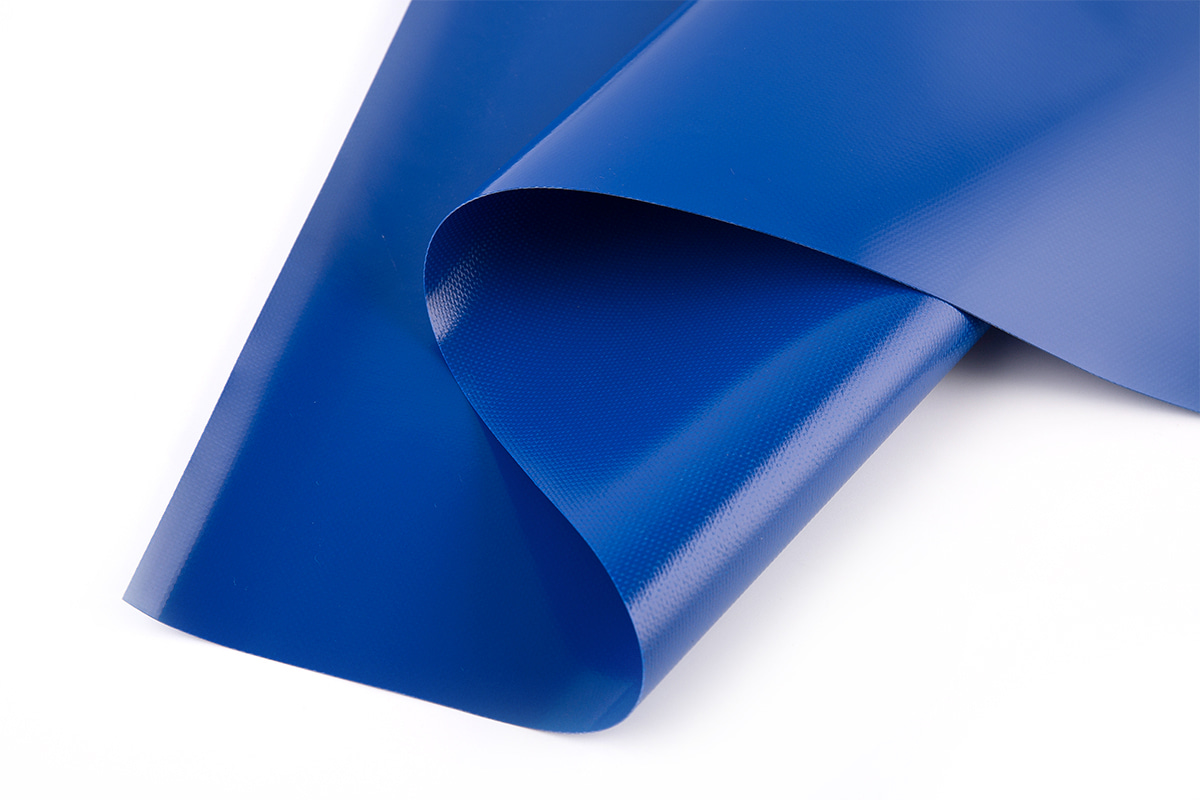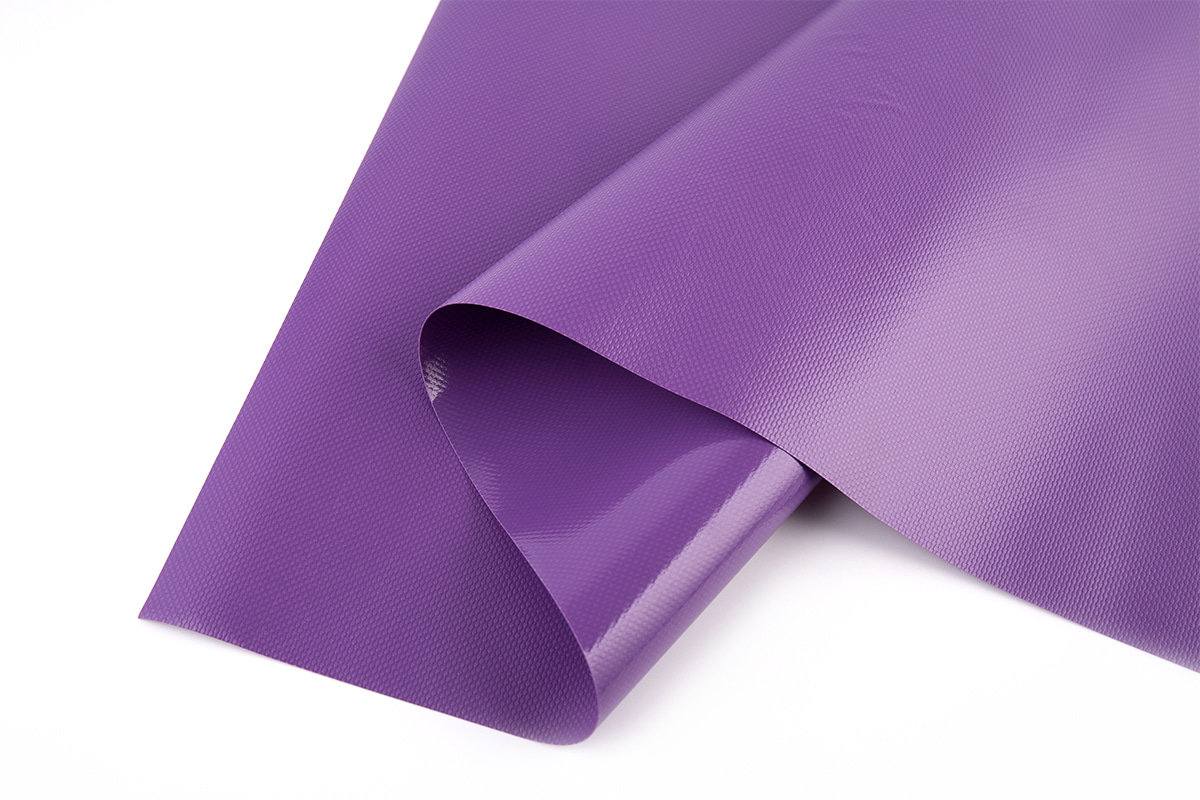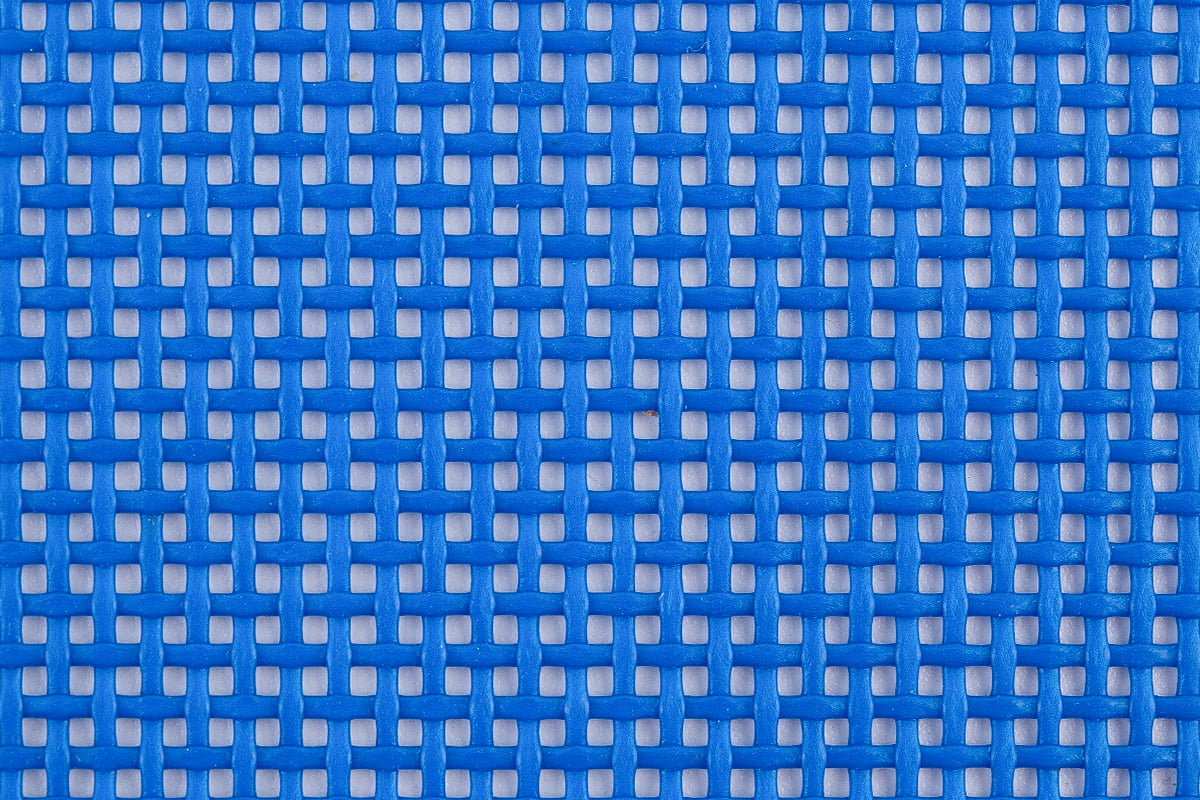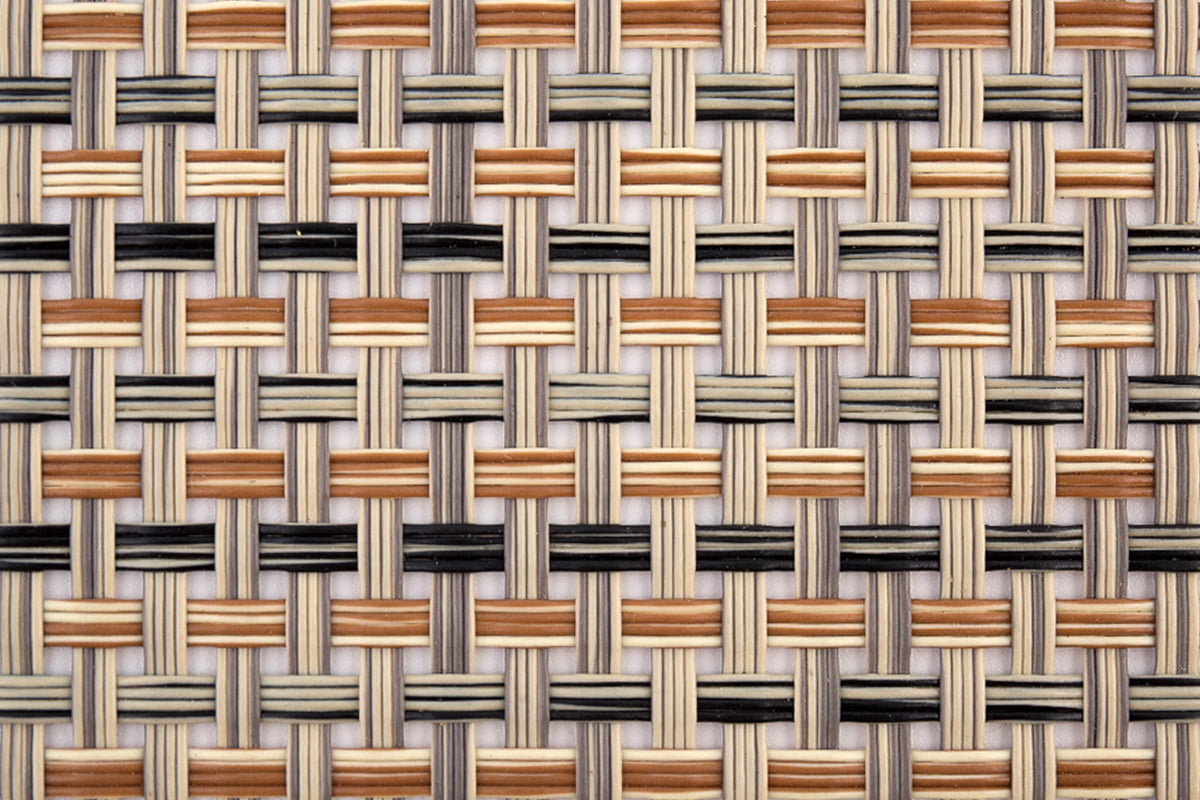Roller blind fabric plays a practical role in managing indoor lighting and maintaining privacy in both residential and commercial spaces. Its design, texture, and density allow it to serve as an effective window covering solution. Whether installed in living rooms, bedrooms, offices, or healthcare environments, roller blind fabric offers adaptable features that cater to a variety of functional and aesthetic needs. This article explores how roller blind fabric supports better light control and enhances privacy without compromising on comfort or style.
One of the key functions of roller blind fabric is its ability to regulate the amount of sunlight entering a room. Different types of fabric are available in varying levels of openness and thickness, which directly influence how much light can pass through. For instance, light-filtering roller blind fabric allows natural daylight to enter while diffusing harsh rays, creating a soft ambient glow. This is especially useful in spaces where some natural light is desired without glare, such as living areas or conference rooms.
On the other hand, blackout roller blind fabric is specifically designed to block or all incoming light. This type is commonly used in bedrooms, media rooms, or any space where controlling light exposure is crucial. The construction of the blackout fabric—typically thicker and tightly woven—prevents external light from disrupting rest or visual experiences. It also helps maintain temperature stability by reducing solar heat gain through windows.
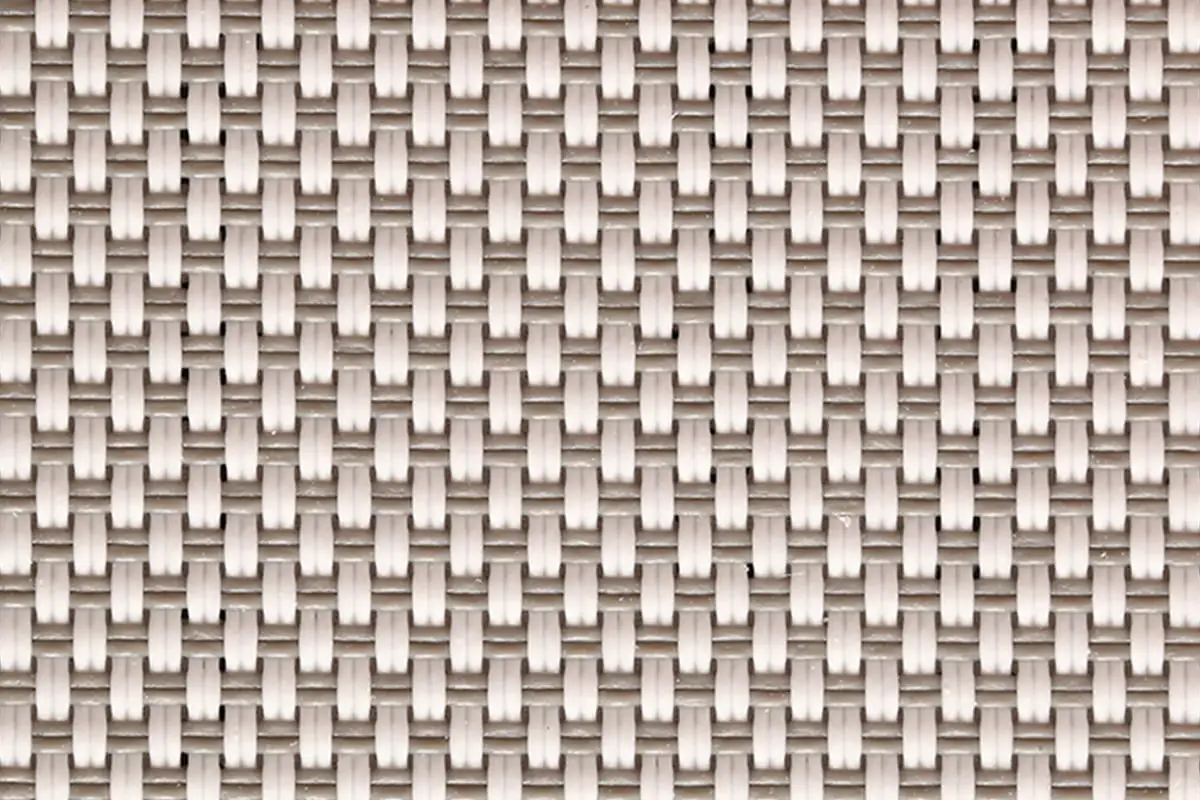
Privacy is another major consideration when selecting roller blind fabric. In urban environments or homes that face public areas, maintaining indoor privacy becomes essential. Fabrics with higher opacity levels can prevent outsiders from viewing interior spaces, especially during the evening when lights are on indoors. Semi-transparent roller blind fabric can still provide a degree of visual separation during the day while allowing occupants to see outside.
Roller blind fabric also contributes to layered window treatment solutions. When combined with sheer curtains or other types of blinds, it enhances both light filtering and privacy. The flexibility to adjust the blind's position adds an extra level of control, allowing users to adapt their environment depending on the time of day or activity.
In commercial settings, roller blind fabric supports workplace efficiency. For example, glare on computer screens caused by direct sunlight can affect productivity. A well-chosen roller blind fabric can reduce glare without completely darkening the space. This ensures a comfortable working environment while preserving the benefits of natural light.
Beyond its functional benefits, roller blind fabric comes in a wide variety of textures, patterns, and colors. This allows architects and interior designers to align the blinds with the overall room decor. The material can be chosen to complement existing furnishings or create a desired atmosphere, such as a warm, cozy feel or a modern, minimalist look.
Additionally, roller blind fabric can be treated with special coatings for flame retardancy, moisture resistance, or UV protection, depending on the application. These treatments extend the fabric's durability and make it suitable for specific environments like kitchens, hospitals, or commercial facilities.
Roller blind fabric provides an effective solution for enhancing light control and privacy across different types of spaces. By selecting the appropriate fabric density and treatment, users can tailor their window coverings to meet their practical and aesthetic preferences. Whether used for soft filtering or complete blackout, roller blind fabric remains a valuable component in modern interior design and functionality.

 en
en Español
Español